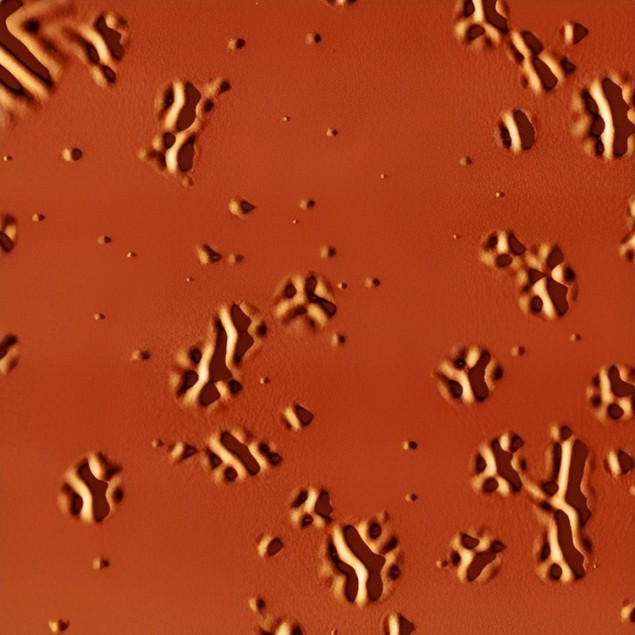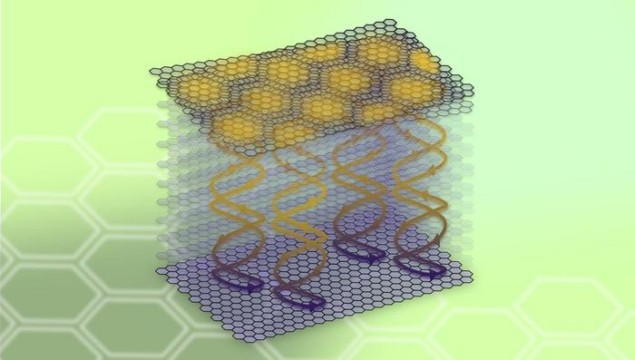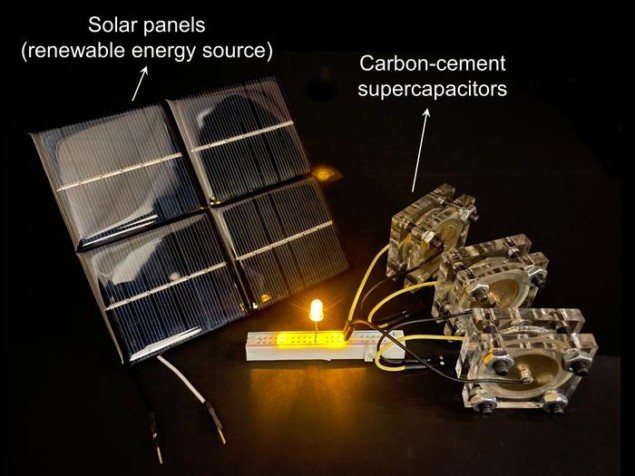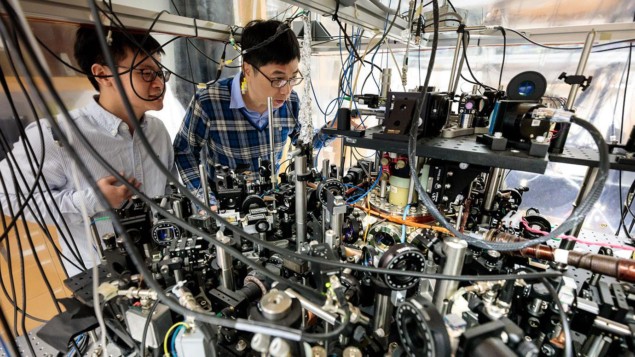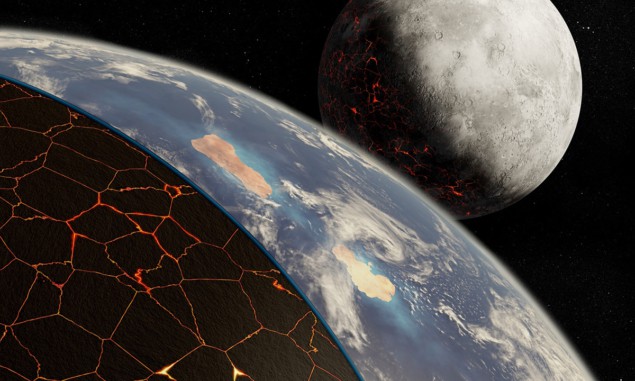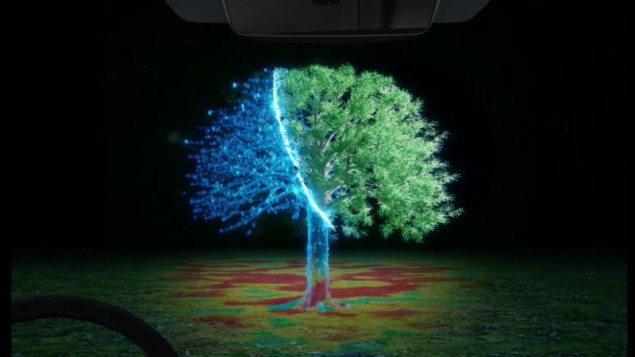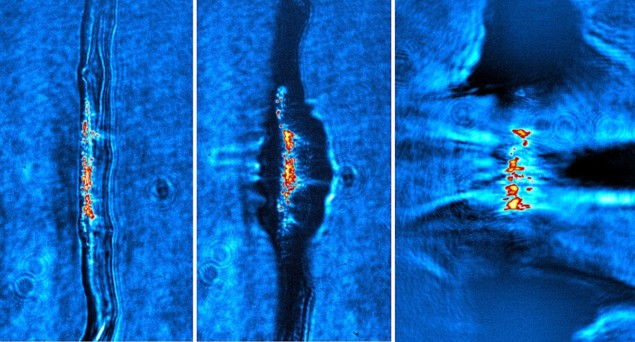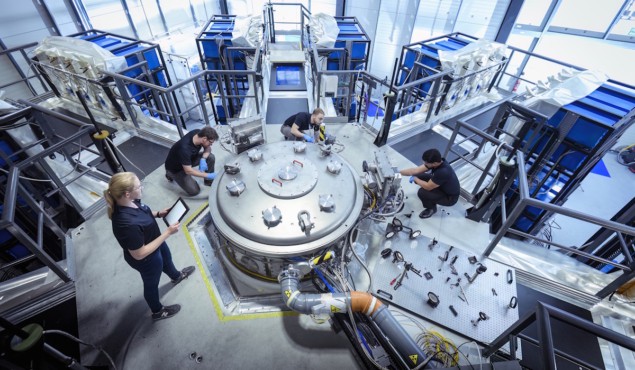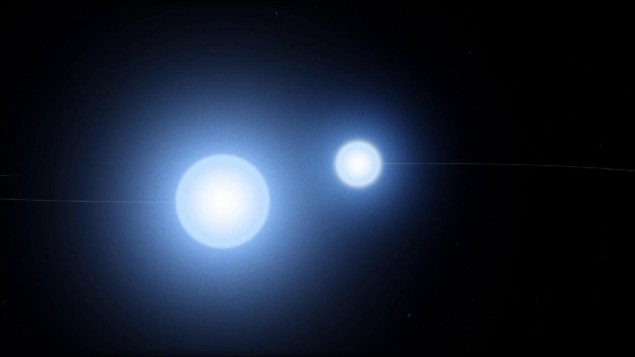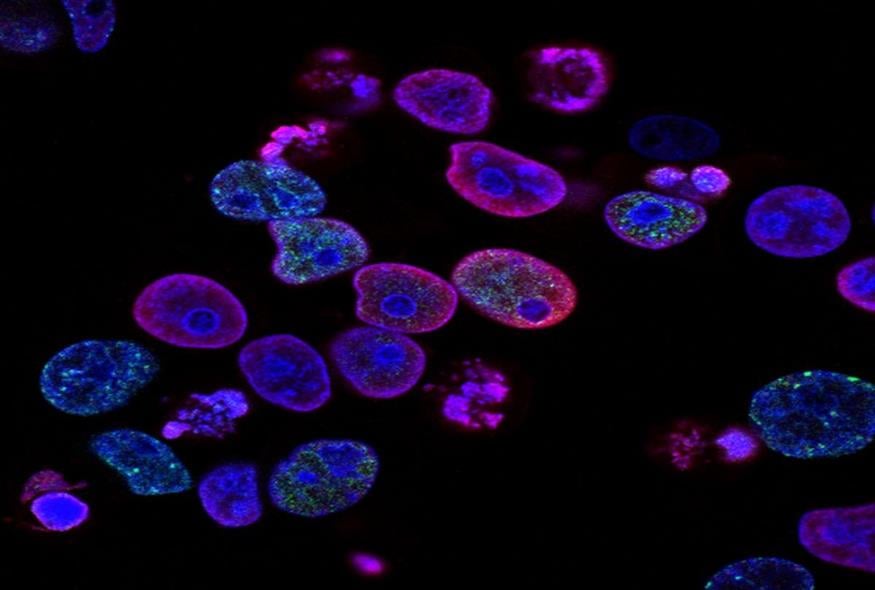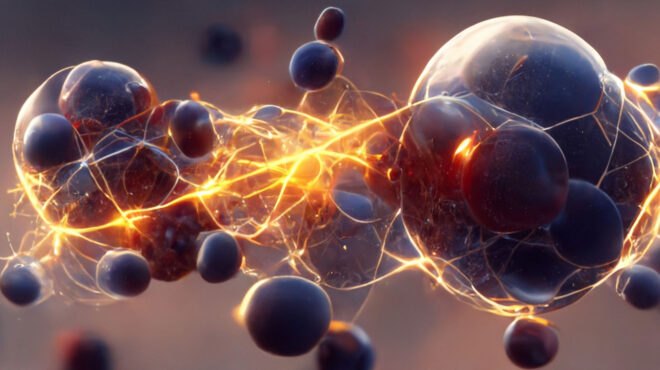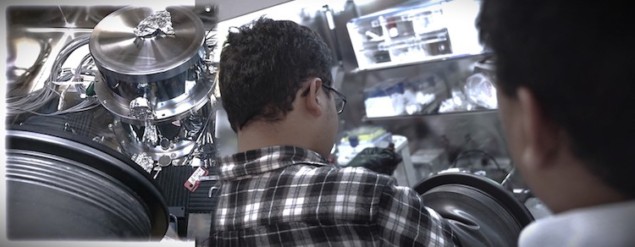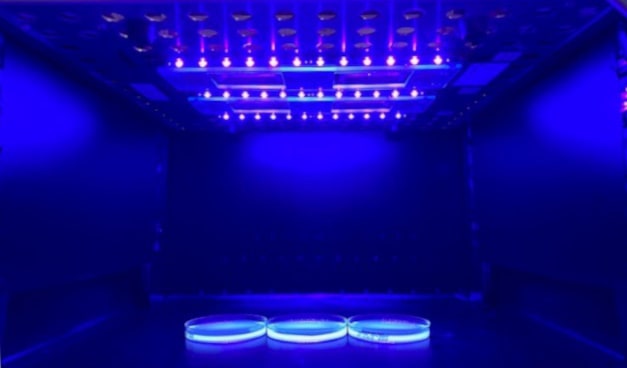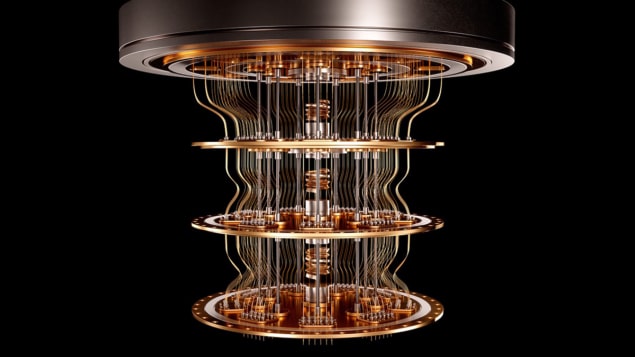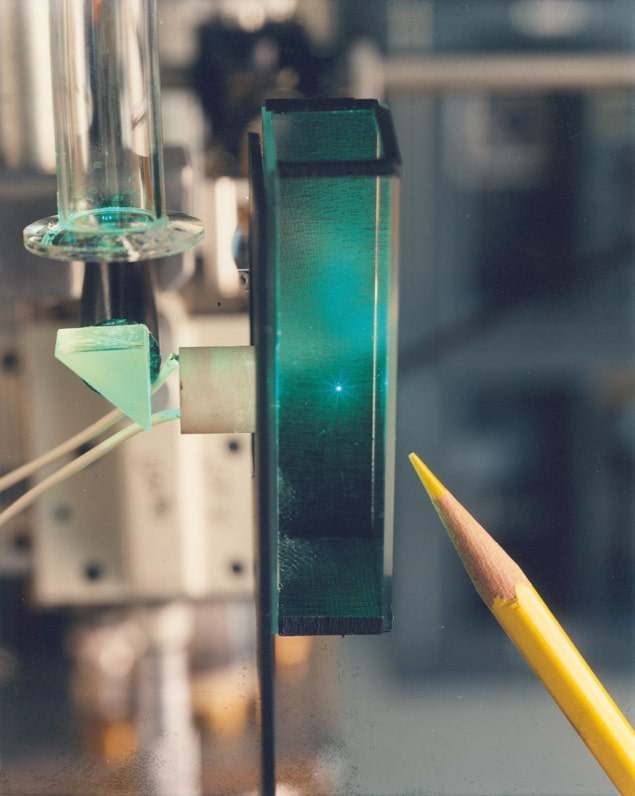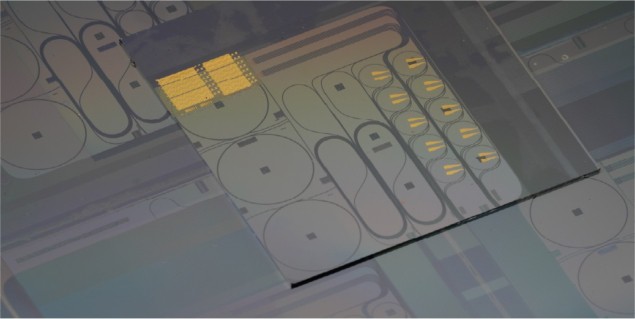physicists make the first direct observations of a glass relaxing into a supercooled liquid
16 Aug 2023 Isabelle Dumé
AFM snapshot showing the formation and progression of local wrinkles induced by the transformation of the middle organic glass layer into a supercooled liquid. Courtesy: J Rodríguez-Viejo
The first direct, real-time observations of an ultrastable glass as it “relaxes” into a supercooled liquid have enabled researchers to quantify a previously mysterious process known as the glass transition. This transition plays a crucial role in numerous fields, including biomedical cryopreservation, drug synthesis, electronic device manufacture and tissue engineering to cite but a few examples. The work could also have implications for solar cells, which often have a coating of patterned glass.
